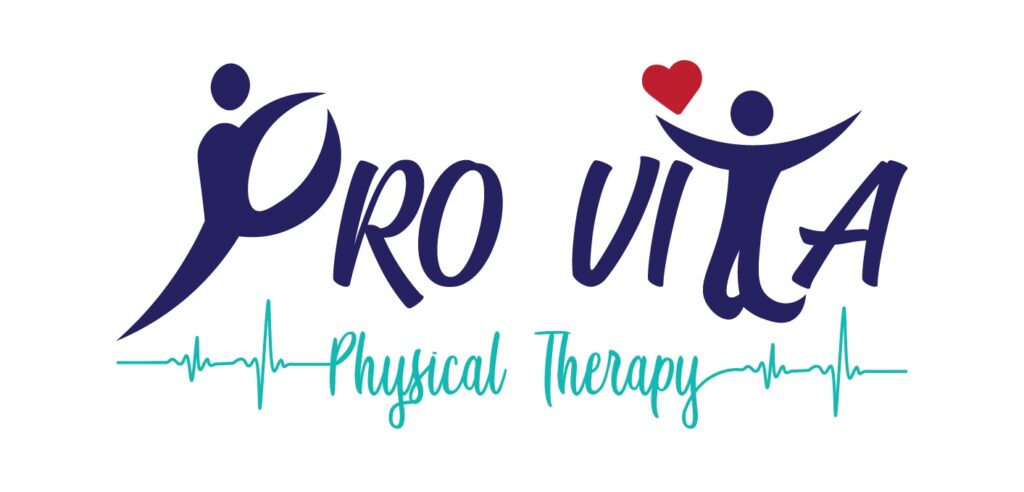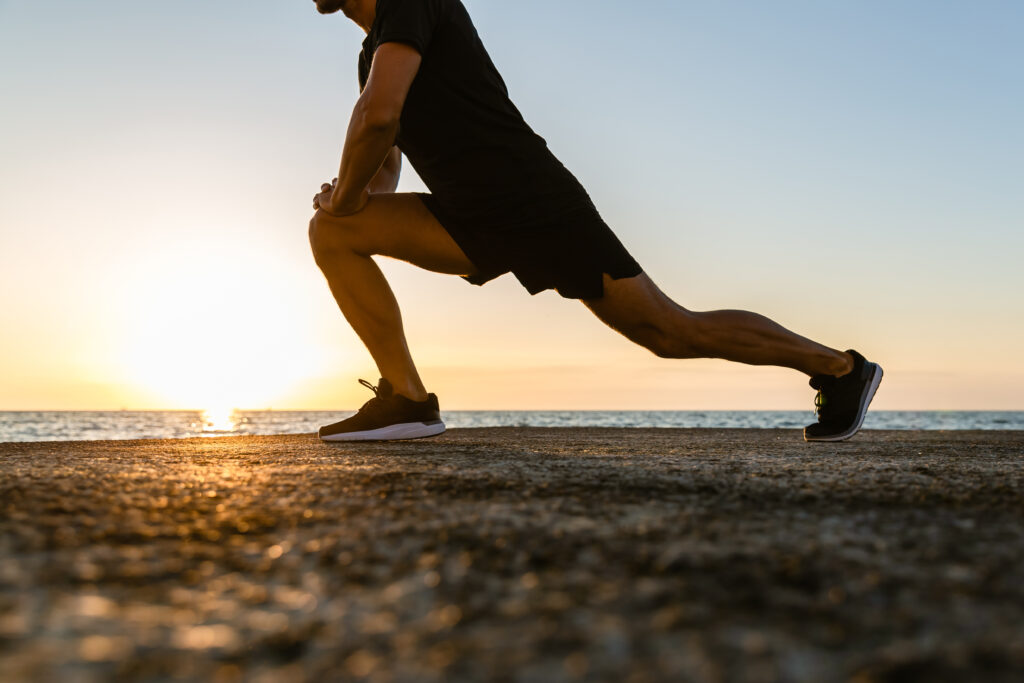The Importance of Warming Up and Dynamic Stretching Before Exercise
If you want to prevent injuries and improve your performance during exercise, one of the best things you can do is incorporate a proper warm-up and dynamic stretching into your routine. These two simple steps can enhance your flexibility, increase blood flow to your muscles, and prepare your body for physical activity. At Pro Vita Physical Therapy, we believe in educating our patients on the importance of proper warm-up techniques, including the use of dynamic stretching over static stretching, for a safer and more effective workout.
Why Warming Up is Essential Before Exercising
A warm-up is the process of gradually increasing your heart rate and circulation through light physical activity. This helps raise your body temperature and primes your muscles for more intense movement. Some benefits of warming up before exercise include:
- Increased blood flow: Warming up improves blood flow to your muscles, which provides them with more oxygen and nutrients to fuel your workout.
- Reduced risk of injury: Cold muscles are less flexible and more prone to strains and tears. A proper warm-up helps increase flexibility and reduce the chance of injury.
- Improved performance: Warming up gets your muscles ready for action, making you more efficient during your workout. This can improve your speed, strength, and endurance.
Why Choose Dynamic Stretching Over Static Stretching
When it comes to stretching, not all techniques are created equal. Research has shown that dynamic stretching—stretching with controlled, moving motions—should be prioritized before exercise, while static stretching is best saved for after your workout.
Dynamic Stretching
Dynamic stretches involve movement that mimics the activity you’re about to do. These stretches are designed to increase muscle temperature and prepare your body for motion. Some examples of dynamic stretches include:
- Leg swings: Swing one leg forward and backward in a controlled manner to loosen your hip muscles.
- Arm circles: Circle your arms in small and large motions to increase shoulder flexibility.
- Walking lunges: Step forward into a lunge while engaging your core to improve hip and leg mobility.
- High knees: Run in place, lifting your knees as high as possible to activate your hip flexors and quads.
Dynamic stretches are effective because they:
- Mimic the movements you’ll perform during your workout, preparing your muscles for specific activities.
- Enhance range of motion, allowing you to move more freely during exercise.
- Activate muscles and joints, improving neuromuscular function and coordination.
Static Stretching
On the other hand, static stretching involves holding a stretch for an extended period without movement. While static stretching helps improve flexibility, studies have shown that it can temporarily decrease muscle strength and performance if done prior to exercise. This is why we recommend saving static stretching for your post-workout cool-down, when your muscles are warm and more pliable.
How to Build an Effective Warm-Up Routine
To build an effective warm-up routine, start with 5-10 minutes of light aerobic activity, such as brisk walking or jogging, to increase your heart rate. Then, transition into dynamic stretches targeting the muscles you’ll be using during your workout.
For example:
- Runners should focus on dynamic leg and hip stretches, such as leg swings and high knees.
- Lifters can benefit from shoulder and arm circles to prepare for overhead movements.
By including dynamic stretching in your warm-up, you’ll be better prepared to perform at your best and reduce the risk of injury.
Conclusion: Protect Your Body with Proper Warm-Ups
Whether you’re a seasoned athlete or just starting your fitness journey, taking time to warm up and incorporate dynamic stretching into your routine is essential. Not only does it improve your performance, but it also protects your body from unnecessary injuries.
At Pro Vita Physical Therapy, we’re dedicated to helping you achieve your fitness goals safely. If you’re experiencing pain or tightness during or after exercise, our team of expert physical therapists is here to help. Schedule an appointment with us today to learn more about injury prevention, stretching techniques, and personalized therapy plans.
Pro Vita Physical Therapy: Improving Movement, Enhancing Lives.

